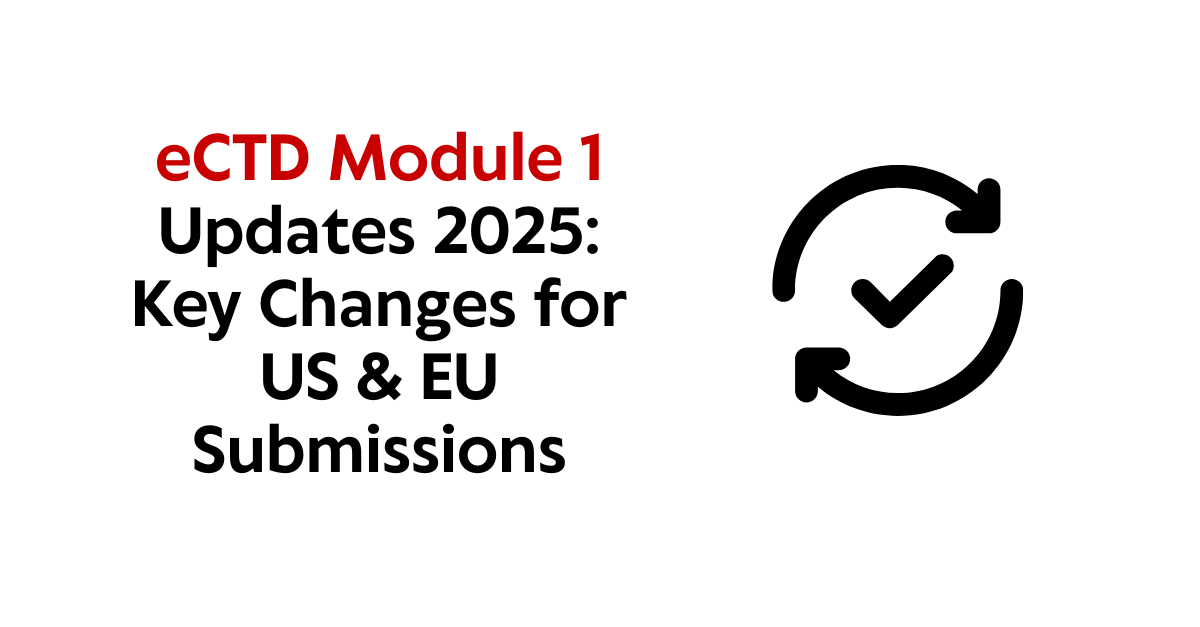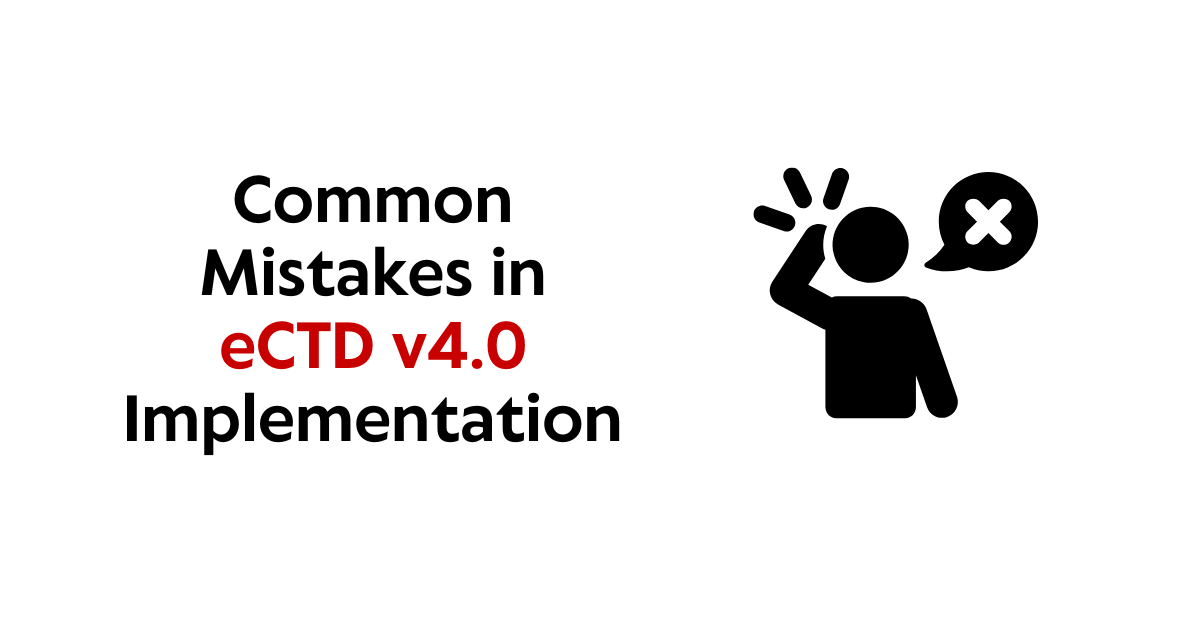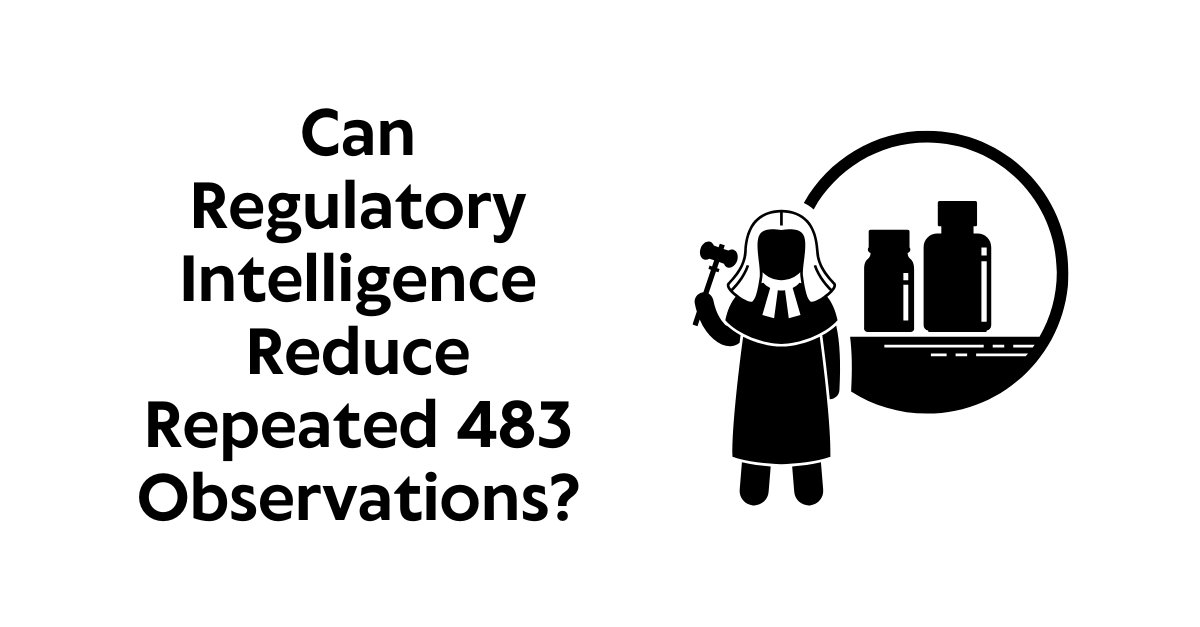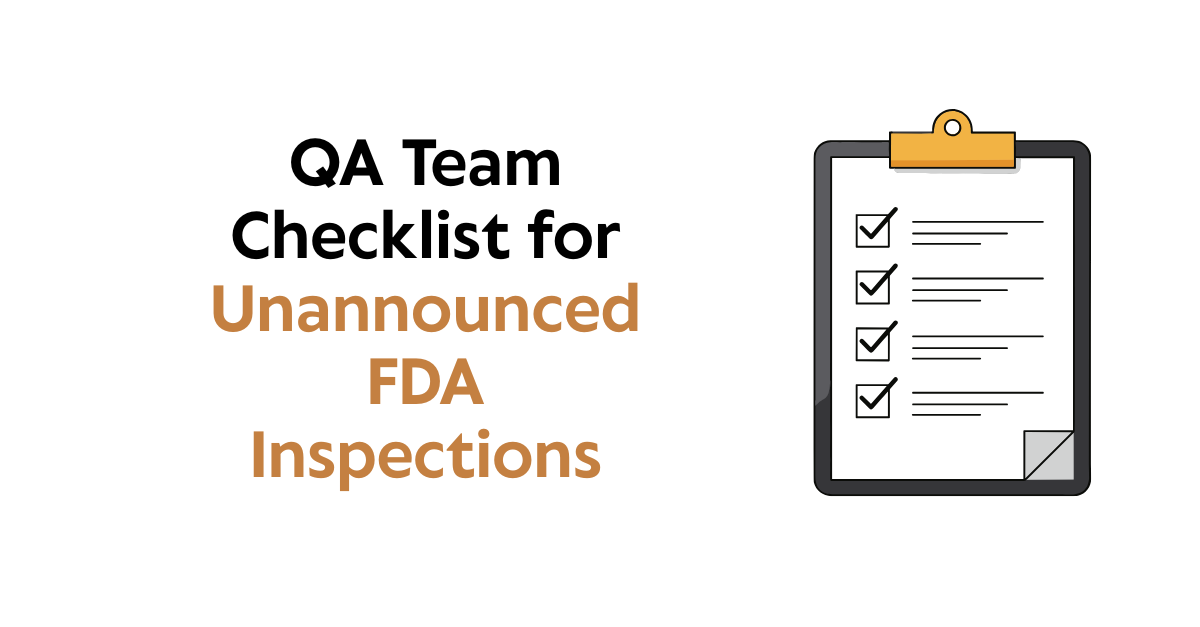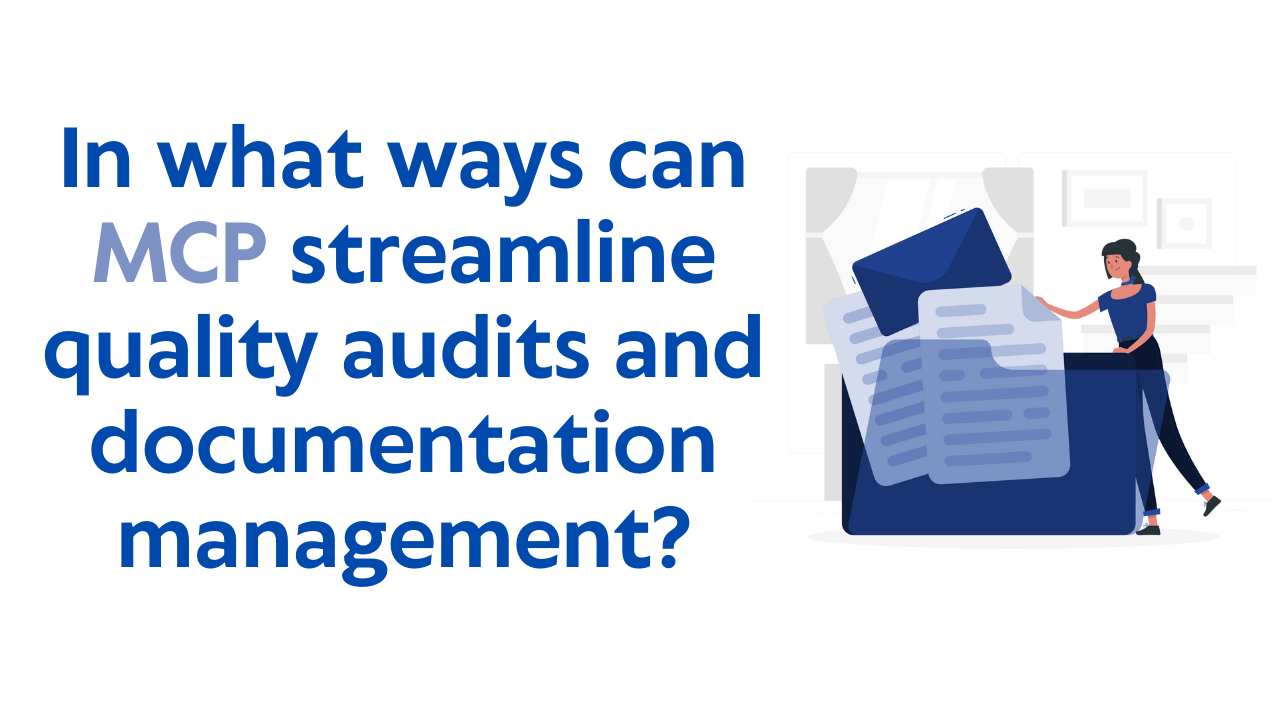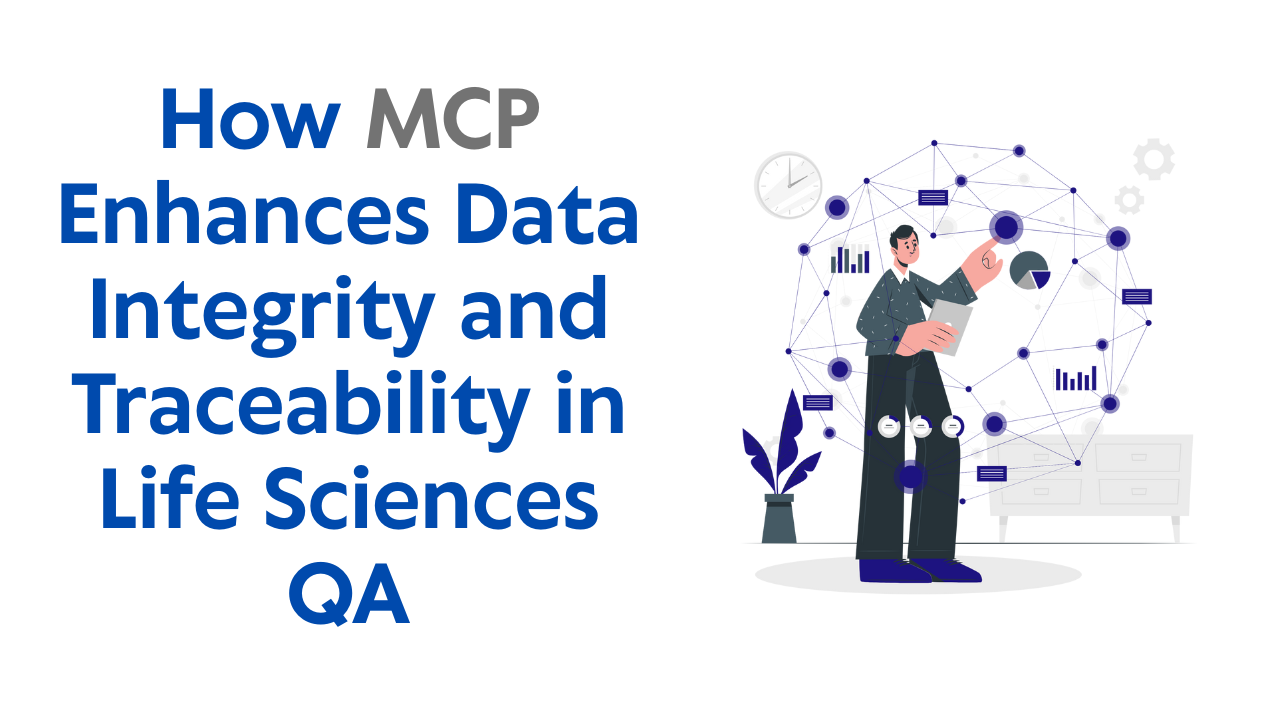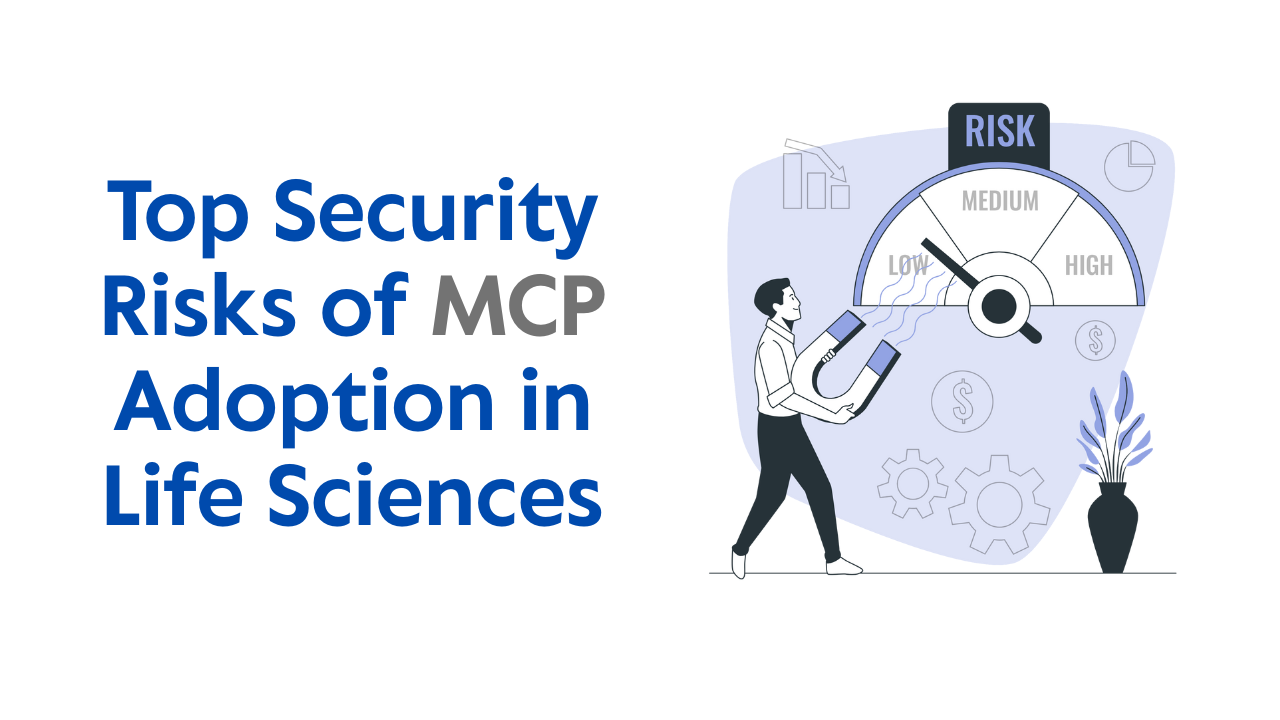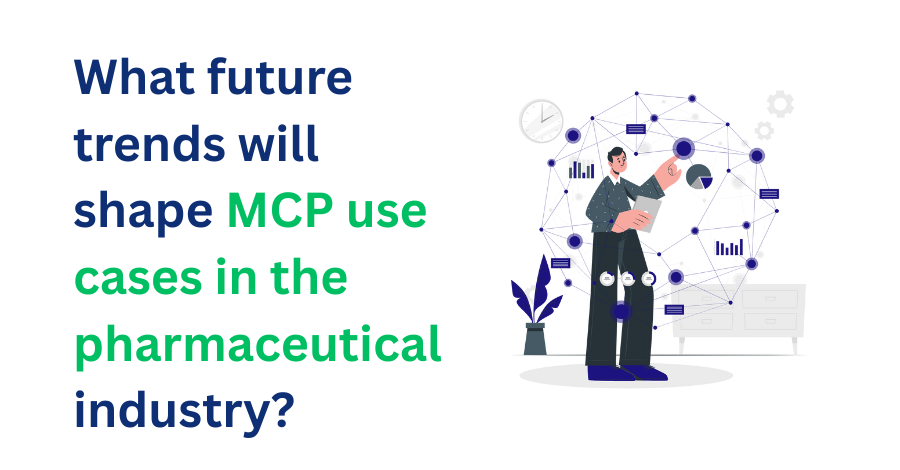What’s New in eCTD Module 1 Regional Specifications for the US and EU in 2025?
Module 1 for the eCTD has been updated in both the US and EU during 2024–2025 with clearer validation criteria, controlled vocabularies, and machine-readable metadata to support the gradual global shift to eCTD v4.0. EMA enforced EU M1 v3.1 validation criteria v8.0 from 1 March 2025, requiring sponsors to update submission packaging. The FDA published […]
